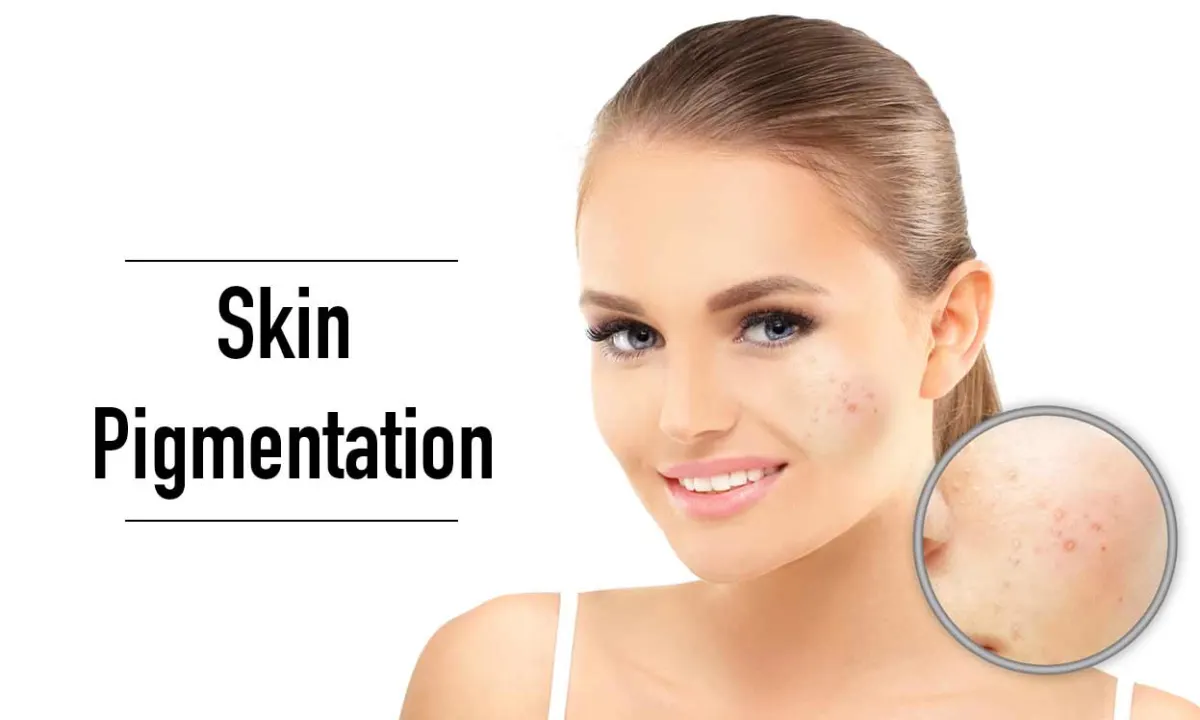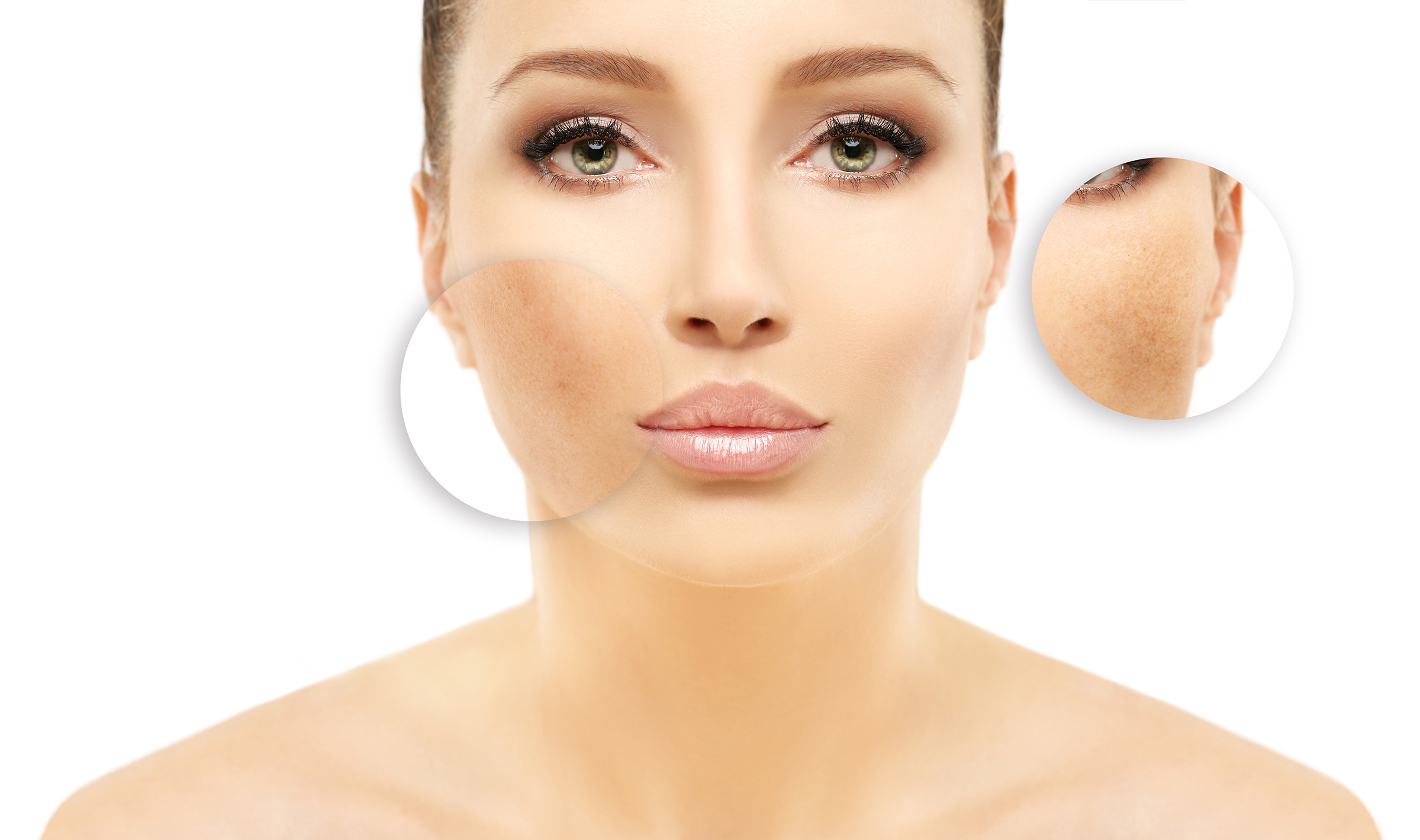Pigmentation
Pigmentation refers to the colouring of the skin which depends on specialized cells that produce melanin. Melanin is the pigment that imparts different shades and colours to the hair, skin, mucous membranes, and retina of the eye. People with low deposits of melanin have a fair skin tone and the ones with high deposition have a darker skin tone.
Skin pigmentation disorders occur when there is an excessive production of melanin, called hyperpigmentation, leading to dark spots, patches, or discolouration of the skin. Over time, it can affect the colour of the skin and result in an uneven skin tone. Though hyperpigmentation isn't a harmful condition, it may be an indication of another medical condition. Therefore, it is necessary to consult with a dermatologist to determine the right cause behind the pigmentation.
Types of Pigmentation
Pigmentation is of different types. It is essential to understand their types and causes to manage them when they appear.
Hypopigmentation
In hypopigmentation, the skin loses its colour due to the decrease in the production of melanin. It could affect individuals from their birth or at a later stage in life. Hypopigmentation can also be triggered due to a disease or trauma.
Hyperpigmentation is a term used to describe skin that has become darker than the surrounding areas. It may occur as small patches of pigmentation on the face, or large areas of the skin, and may affect the entire body as well.









